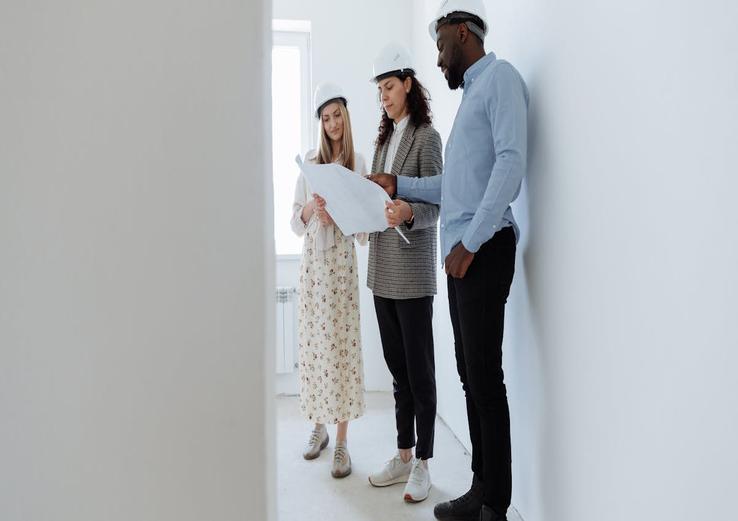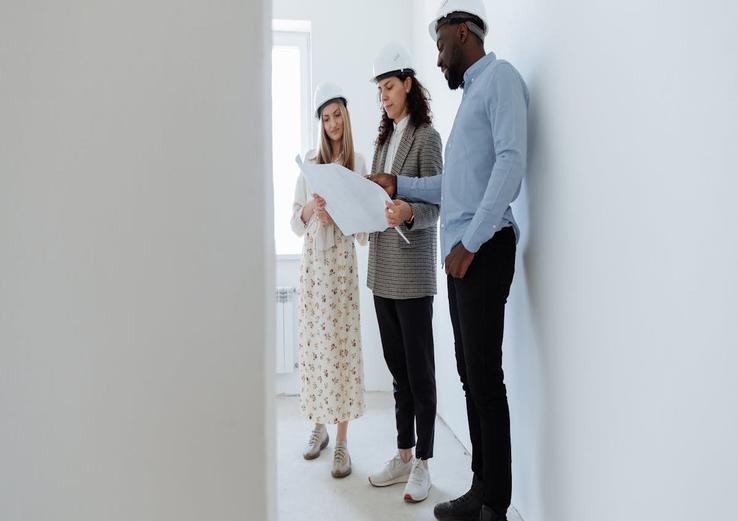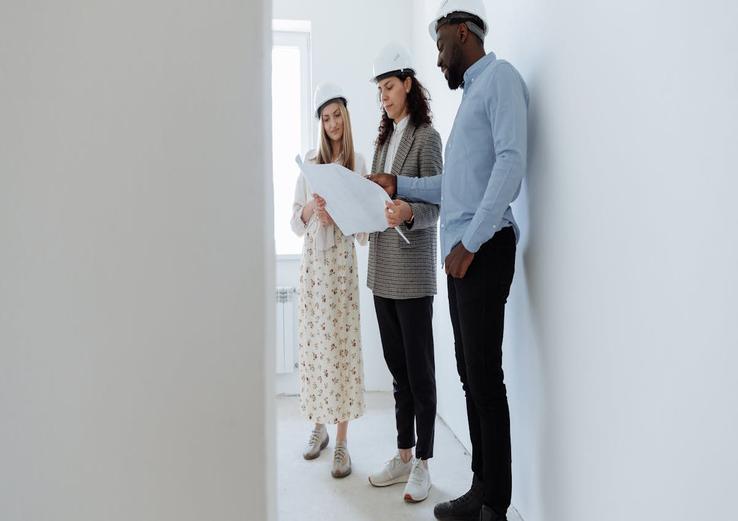Overview

As the world of commercial building design continues to evolve, it’s becoming increasingly important for architects and designers to stay ahead of the curve when it comes to incorporating the latest trends and technologies into their projects. One area that’s seeing significant innovation is interior design, where advancements in materials, lighting, and spatial planning are revolutionizing the way we experience and interact with commercial spaces. In this blog post, we’ll explore three great interior design tips that can be integrated into any modern commercial building project to create a unique, functional, and inspiring environment.
Firstly, one of the most impactful interior design trends in modern commercial buildings is the incorporation of biophilic design elements. This approach focuses on bringing the outdoors in by incorporating natural materials, plenty of greenery, and ample natural light into the space. Not only does this create a visually stunning atmosphere, but it also has a profound impact on the wellbeing and productivity of occupants. Studies have shown that employees who work in offices with natural light and views of nature experience improved mood, reduced stress, and increased job satisfaction. To incorporate biophilic design into your commercial building project, consider using living walls, green roofs, or large windows that flood the space with natural light. You can also incorporate natural materials such as wood, stone, and reclaimed brick to add warmth and texture to the space.
Another interior design tip that’s gaining traction in modern commercial buildings is the use of flexible, adaptive spaces. As the modern workforce becomes increasingly mobile and collaborative, there’s a growing need for spaces that can accommodate different work styles and activities. This can be achieved through the use of modular furniture, movable walls, and multi-functional spaces that can be easily reconfigured to suit different needs. For example, a single space can be used for meetings, workshops, and social events, allowing occupants to adapt the space to their needs. This approach not only maximizes the use of space but also fosters a sense of community and collaboration among occupants. To take this concept to the next level, consider incorporating cutting-edge technologies such as smart glass, which can be used to create adaptive privacy screens, or acoustic panels, which can be used to optimize sound quality in different areas of the space.

Lastly, the strategic use of lighting is a crucial aspect of modern commercial interior design. Lighting can greatly impact the ambiance and functionality of a space, and with the latest advancements in LED technology, it’s now possible to create highly customized and energy-efficient lighting solutions. One approach is to use layering, where different types of lighting are used to create a range of effects, from bright and energizing to soft and calming. This can be achieved through the use of overhead lighting, table lamps, and floor lamps, which can be carefully positioned to create pools of light and shadow. Another approach is to use color-changing LEDs, which can be programmed to shift between different hues and intensities to create a dynamic and immersive atmosphere. By carefully considering the lighting needs of different areas of the space, designers can create a bespoke lighting strategy that enhances the overall user experience and supports the unique needs of occupants.
The implementation of these interior design tips can have a significant impact on the overall success of a commercial building project. By incorporating biophilic design elements, flexible spaces, and strategic lighting, designers can create environments that are not only visually stunning but also highly functional and supportive of occupant wellbeing. As the commercial building landscape continues to evolve, it’s likely that we’ll see even more innovative interior design solutions emerge, driven by advances in technology, materials science, and our understanding of human behavior and psychology. By staying at the forefront of these trends and incorporating them into our design practice, we can create buildings that are truly fit for the future, and that inspire, motivate, and nurture the people who occupy them. With these design strategies, commercial buildings can be transformed into vibrant hubs of activity, where people can come together to collaborate, innovate, and thrive.

